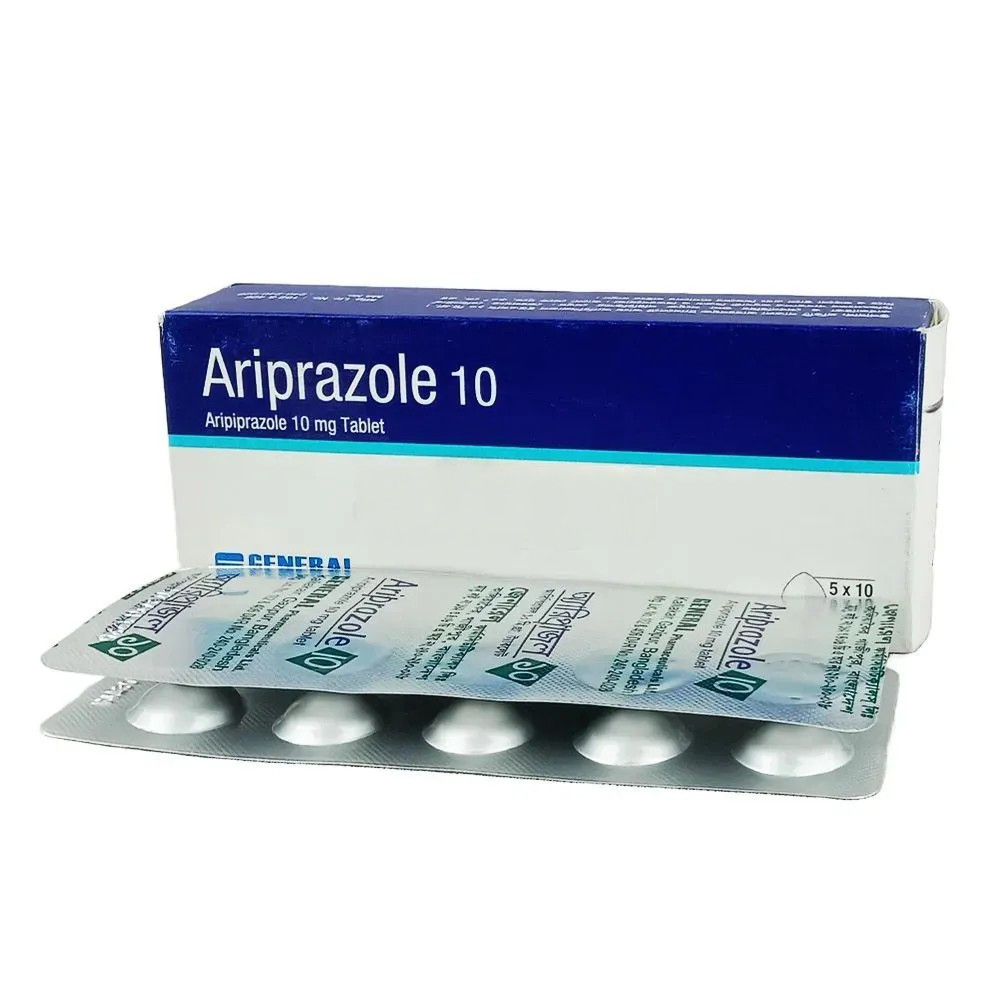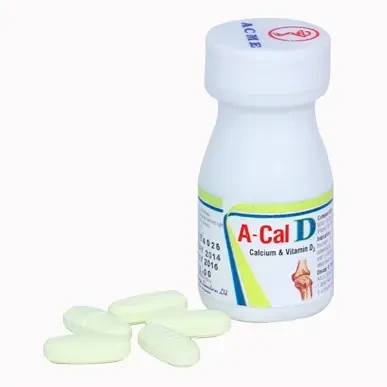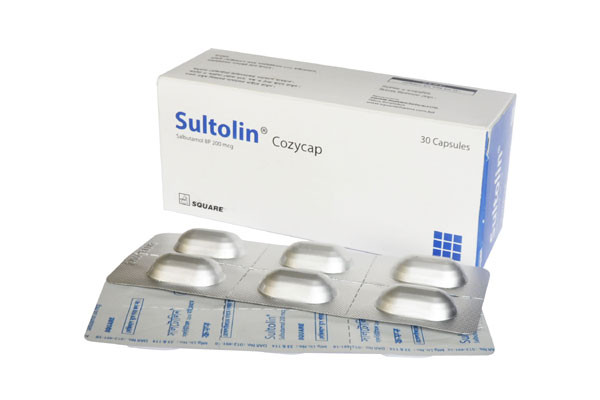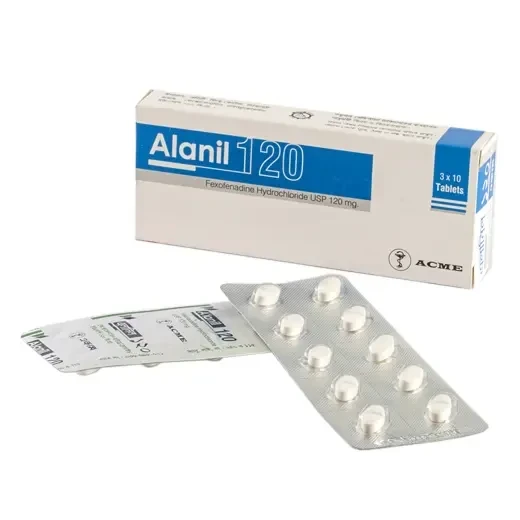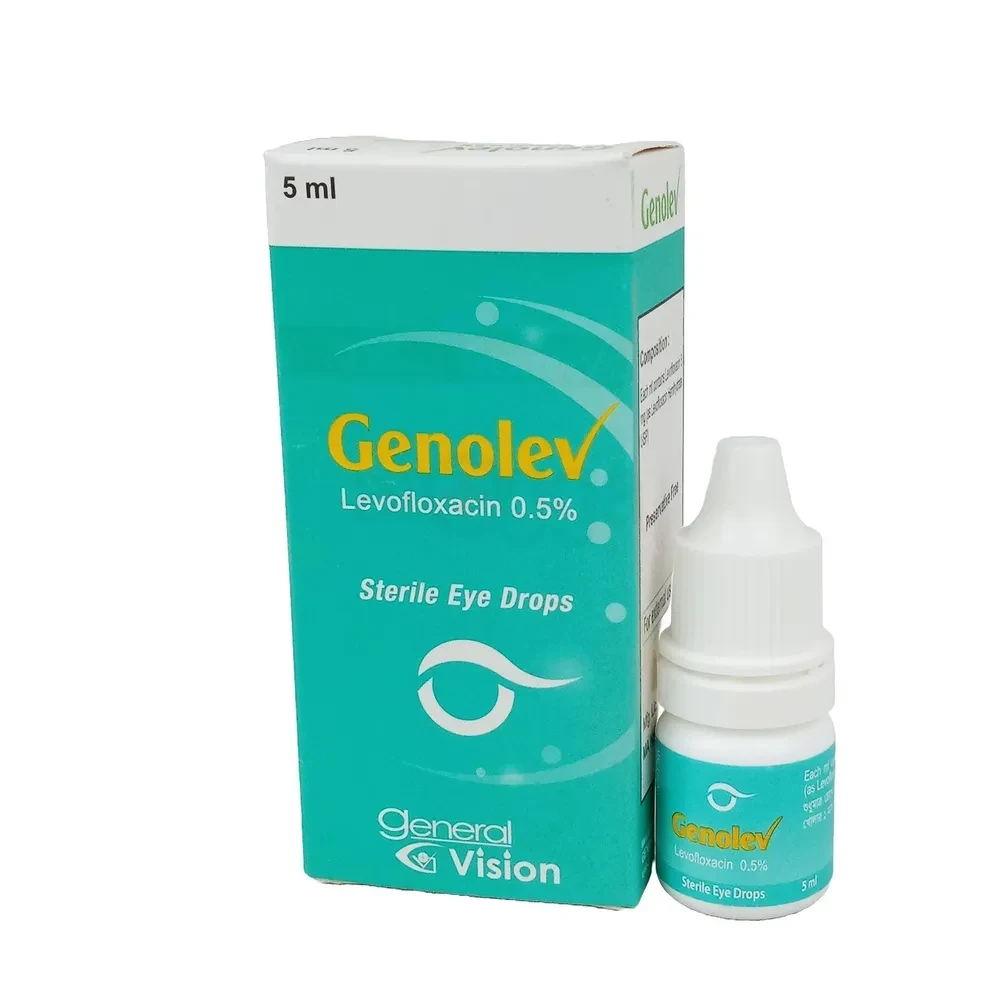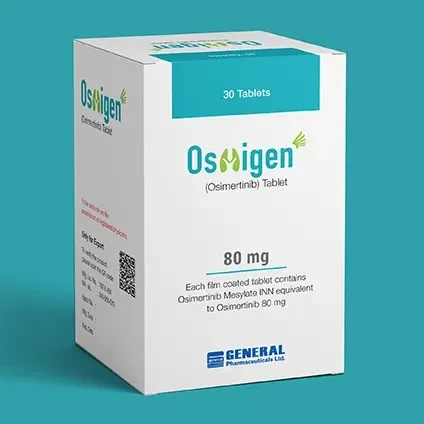

Osmigen Tablet (30 pcs), Osimertinib 80 mg
Inhouse product
-
৳11.40
৳12.00 -
৳42.75
৳45.00 -
৳16.63
৳17.50 -
৳2.14
৳2.25
Reviews & Ratings
Indications
Osmigen is indicated
for the first-line treatment of patients with metastatic non-small cell lung
cancer (NSCLC) whose tumors have epidermal growth factor receptor (EGFR) exon
19 deletions or exon 21 L858R mutations, as detected by an FDA-approved test. Osmigen
is indicated for the treatment of patients with metastatic EGFR T790M
mutation-positive NSCLC, as detected by an FDA-approved test, whose disease has
progressed on or after EGFR tyrosine kinase inhibitor (TKI) therapy.
* রেজিস্টার্ড চিকিৎসকের পরামর্শ মোতাবেক ঔষধ সেবন করুন'
Pharmacology
Osimertinib is kinase
inhibitor of the epidermal growth factor receptor (EGFR), which binds
irreversibly to certain mutant forms of EGFR (T790M, L858R, and exon 19
deletion) at approximately 9-fold lower concentrations than wild-type. In
cultured cells and animal tumor implantation models, Osimertinib exhibited
anti-tumor activity against NSCLC lines harboring EGFR-mutations (T790M/L858R,
L858R, T790M/exon 19 deletion, and exon 19 deletion) and, to a lesser extent,
wild-type EGFR amplifications. Two pharmacologically-active metabolites (AZ7550
and AZ5104 circulating at approximately 10% of the parent) with similar inhibitory
profiles to Osimertinib have been identified in the plasma after oral
administration of Osimertinib. AZ7550 showed a similar potency to Osimertinib,
while AZ5104 showed greater potency against exon 19 deletion and T790M mutants
(approximately 8-fold) and wild- type (approximately 15-fold) EGFR. In vitro,
Osimertinib also inhibited the activity of HER2, HER3, HER4, ACK1, and BLK at
clinically relevant concentrations.
The area under the plasma concentration-time curve (AUC) and maximal plasma
concentration (C max ) of Osimertinib increased dose proportionally over 20 to
240 mg dose range (i.e., 0.25 to 3 times the recommended dosage) after oral
administration and exhibited linear pharmacokinetics (PK). Administration of
Osimertinib orally once daily resulted in approximately 3-fold accumulation
withsteady state exposures achieved after 15 days of dosing. At steady state,
the C max to C min (minimal concentration) ratio was 1.6-fold.
Absorption: The median time to C max of Osimertinib was
6 hours (range 3-24 hours). Following administration of a 20 mg Osimertinib
tablets with a high-fat, high-calorie meal (containing approximately 58 grams
of fat and 1000 calories), the C max and AUC of Osimertinib were compared to
that under fasting conditions.
Distribution: The mean volume of distribution at
steady-state (Vss/F) of Osimertinib was 986 L. Plasma protein binding of
Osimertinib was 95%.
Elimination: Osimertinib plasma concentrations decreased
with time and a population estimated mean half-life of Osimertinib was 48
hours, and oral clearance (CL/F) was 14.2 (L/h).
Metabolism: The main metabolic pathways of Osimertinib
were oxidation (predominantly CYP3A) and dealkylation in vitro. Two
pharmacologically active metabolites (AZ7550 and AZ5104) have been identified
in the plasma after Osimertinib oral administration. The geometric mean
exposure (AUC) of each metabolite (AZ5104 and AZ7550) was approximately 10% of
the exposure of Osimertinib at steady-state.
Excretion: Osimertinib is primarily eliminated in the
feces (68%) and to a lesser extent in the urine (14%). Unchanged Osimertinib
accounted for approximately 2% of the elimination.
Dosage &
Administration
The recommended dose
of Osimertinib is 80 mg tablet once a day until disease progression or unacceptable
toxicity. Osimertinib can be taken with or without food. If a dose of
Osimertinib is missed, do not make up the missed dose and take the next dose as
scheduled. Disperse tablet in 60 ml (2 ounces) of non-carbonated water only.
Stir until tablet is dispersed into small pieces (the tablet will not
completely dissolve) and swallow immediately. Do not crush, heat, or
ultrasonicate during preparation. Rinse the container with 120 ml to 240 ml (4
to 8 ounces) of water and immediately drink. If administration via nasogastric
tube is required, disperse the tablet as above in 15 ml of non-carbonated
water, and then use an additional 15 ml of water to transfer any residues to
the syringe. The resulting 30 ml liquid should be administered as per the
nasogastric tube instructions with appropriate water flushes (approximately 30
ml).
* রেজিস্টার্ড চিকিৎসকের পরামর্শ মোতাবেক ঔষধ সেবন করুন'
Interaction
Strong CYP3A
Inhibitors: Avoid concomitant
administration of Osmigen with strong CYP3A inhibitors, including macrolide
antibiotics (e.g., Telithromycin), antifungals (e.g., Itraconazole), antivirals
(e.g., Ritonavir), Nefazodone, as concomitant use of strong CYP3A inhibitors
may increase Osmigen plasma concentrations. If no other alternative exists,
monitor patients more closely for adverse reactions of Osmigen.
Strong CYP3A Inducers: Avoid concomitant administration of Osmigen
with strong CYP3A inducers (e.g., Phenytoin, Rifampicin, Carbamazepine, St.
John's Wort) as strong CYP3A inducers may decrease Osmigen plasma
concentrations.
Effect on other drugs: Avoid concomitant administration of Osmigen
with drugs that are sensitive substrates of CYP3A, breast cancer resistance
protein (BCRP), or CYP1A2 with narrow therapeutic indices, including but not
limited to Fentanyl, Cyclosporine, Quinidine, Ergot Alkaloids, Phenytoin,
Carbamazepine, as Osmigen may increase or decrease plasma concentrations of
these drugs.
Side Effects
Most common adverse
reactions (≥20%) were diarrhea, rash, dry skin, nail toxicity, stomatitis,
fatigue and decreased appetite.
Pregnancy &
Lactation
Osimertinib can cause
fetal harm when administered to a pregnant woman. There are no available data on
Osimertinib use in pregnant women. There are no data on the presence of
Osimertinib in human milk, the effects of Osimertinib on the breastfed infant
or on milk production.
Contraception: Females: Advise females of reproductive
potential to use effective contraception during treatment with Osimertinib and
for 6 weeks after the final dose. Males: Advise male patients with female
partners of reproductive potential to use effective contraception during and
for 4 months following the final dose of Osimertinib.
Infertility: Based on animal studies, Osimertinib may
impair fertility in females and males of reproductive potential. The effects on
female fertility showed a trend toward reversibility. It is not known whether
the effects on male fertility are reversible.
Precautions &
Warnings
Interstitial Lung
Disease (ILD)/Pneumonitis:
Interstitial lung disease (ILD)/pneumonitis occurred in 3.9% of the 1142
Osmigen-treated patients; 0.4% of cases were fatal.
QTc Interval
Prolongation: Monitor
electrocardiograms and electrolytes in patients who have a history or
predisposition for QTc prolongation, or those who are taking medications that
are known to prolong the QTc interval. Withhold then restart at a reduced dose
or permanently discontinue Osmigen.
Cardiomyopathy: Occurred in 1.4% of patients. Assess left
ventricular ejection fraction (LVEF) before treatment and then every 3 months
thereafter.
Embryo-Fetal Toxicity: Osmigen can cause fetal harm. Advise females
of potential risk to the fetus and to use effective contraception during
treatment with Osmigen and for 6 weeks after final dose. Advise males to use
effective contraception for 4 months, after the last dose of Osmigen.
Use in Special
Populations
No clinically
significant differences in the pharmacokinetics of Osmigen were observed based
on age, sex, ethnicity, body weight, baseline albumin, line of therapy, smoking
status, mild (ClCr 60-89 ml/min), moderate (ClCr 30-59 ml/min, as estimated by
C-G), or severe (ClCr 15-29 ml/min) renal impairment, or mild (total bilirubin
≤ ULN and AST > ULN or total bilirubin between 1 to 1.5 times ULN and any
AST) or moderate (total bilirubin between 1.5 to 3 times ULN and any AST)
hepatic impairment. The pharmacokinetics of Osmigen in patients with end-stage
renal disease (ClCr <15 ml/min) or with severe hepatic impairment (total
bilirubin between 3 to 10 times ULN and any AST) are unknown.
Pediatric Use: The safety and effectiveness of Osmigen in
pediatric patients have not been established.
Geriatric Use: No overall differences in effectiveness were
observed based on age. Exploratory analysis suggest a higher incidence of Grade
3 and 4 adverse reactions (32% versus 25%) and more frequent dose modifications
for adverse reactions (13.4% versus 9.3%) and more frequent dose modifications
for adverse reactions (13.4% versus 7.6%) in patients 65 years or older as
compared to those younger than 65 years.
Renal impairment: No dose adjustment is recommended in
patients with mild, moderate or severe renal impairment. There is no
recommended dose of Osmigen for patients with end-stage renal disease.
Hepatic Impairment: There is no recommended dose for Osmigen for
patients with severe hepatic impairment.
Therapeutic Class
Cytotoxic Chemotherapy
Storage Conditions
Store below 30°C.
Protect from moisture & light. Safely throw away medicine that is out of
date or that you no longer need. Keep Osmigen and all medicines out of the reach
of children.
Frequently Bought Products
Ariprazole Tablet, Aripiprazole 10 mg
Alanil Tablet, Fexofenadine Hydrochloride 120 mg
Sonap Tablet, Naproxen Sodium 250 mg
Genolev Ophthalmic Solution 5 ml drop, Levofloxacin 0.5%
Product Queries (0)
Login Or Registerto submit your questions to seller
Other Questions
No none asked to seller yet
-
৳11.40
৳12.00 -
৳42.75
৳45.00 -
৳16.63
৳17.50 -
৳2.14
৳2.25








